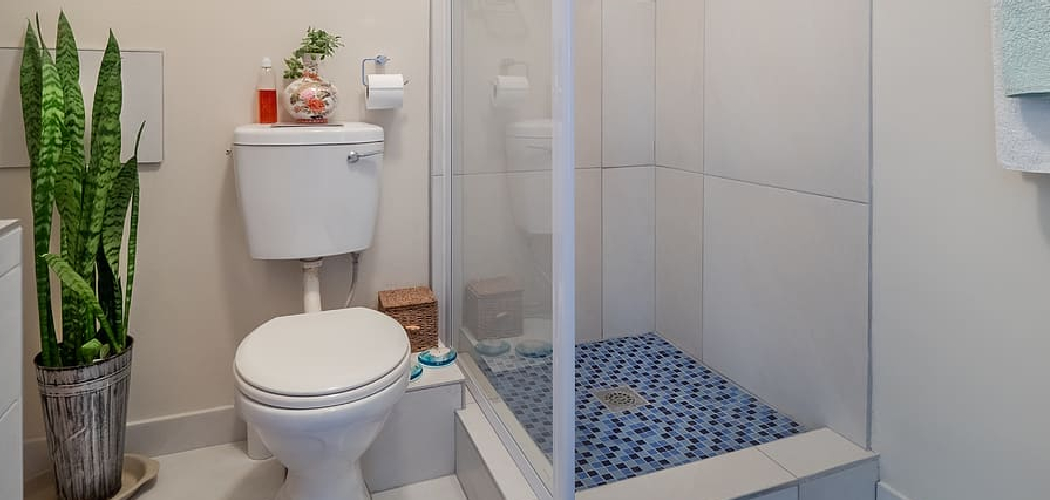Coca-Cola, the popular fizzy drink, might surprise you with its unexpected use as an effective toilet cleaner. Its acidic properties, particularly due to phosphoric acid, enable it to break down tough stains, rust, and limescale found in toilets. This unconventional cleaning method is budget-friendly and offers a household solution without harsh chemicals. Whether you’re looking for a quick fix for light stains or an economical alternative to commercial cleaners, Coke stands out as a practical option.

The goal of this article is to guide you step-by-step on how to clean toilet with coke, ensuring your toilet looks clean and refreshed with minimal effort.
Why Coke Works as a Toilet Cleaner
The Chemistry Behind It
Coke’s effectiveness as a toilet cleaner lies in its unique chemical composition. One of its key ingredients is phosphoric acid, which is adept at breaking down stubborn mineral deposits and rust. This acid reacts with the calcium in limescale, dissolving it and making it easier to remove. Additionally, the carbonation in Coke generates small bubbles that can help loosen grime and stains from the surface of the toilet bowl. These chemical properties make Coke a surprisingly powerful ally for tackling unsightly stains.
What It Can Clean
Coke is particularly effective at removing common toilet bowl stains. These include hard water stains that leave a grayish or whitish residue, stubborn limescale accumulating over time, and rust rings that often form around standing water areas. It’s an excellent choice for households looking to target these specific problems.
Limitations
While Coke is efficient for stain removal, it does have limitations. It is important to understand that Coke is not an antibacterial product, so it doesn’t disinfect surfaces. Pairing Coke with a disinfectant cleaner is essential for overall toilet hygiene, including germ removal. Use Coke primarily for stain removal and as a complementary method in your toilet cleaning routine.
What You’ll Need
Supplies List
- One can (or bottle) of Coca-Cola (regular, not diet or flavored).
- Toilet brush.
- Rubber gloves (optional but recommended).
- Disinfectant (optional for post-cleaning).
- Baking soda or vinegar (optional for stubborn stains).
Why These Items Help
Due to its acidity, Coca-Cola is effective at breaking down tough stains, making it an affordable and accessible cleaning agent. The toilet brush is essential for scrubbing the surface and removing residue after the Coke has done its work. Rubber gloves are recommended to maintain hygiene and protect your hands during cleaning. After stain removal, a disinfectant can be used to ensure the toilet is germ-free. For particularly stubborn stains, baking soda or vinegar can be combined with Coke to enhance the cleaning power.
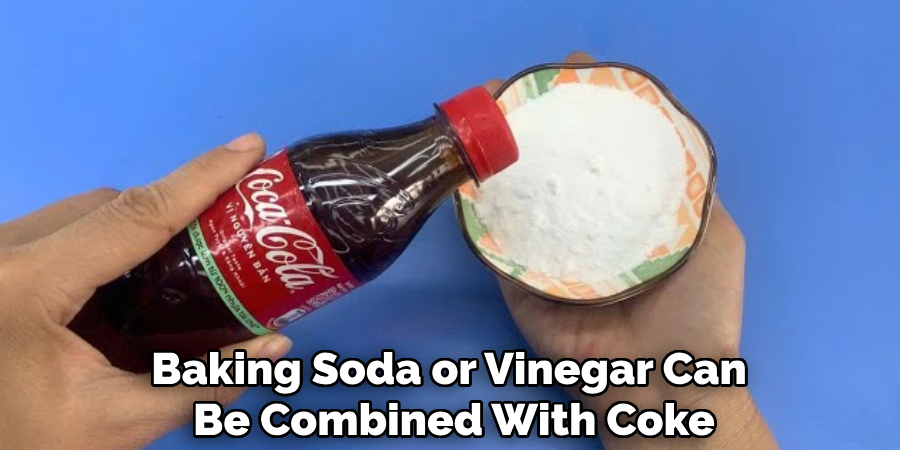
How to Clean Toilet With Coke: Step-by-Step Guide
Step 1: Pour the Coke
Slowly pour one can or bottle of Coke into the toilet bowl, especially around the rim, to coat the sides. The fizzy action of the Coke will help break down stains as they settle.
Step 2: Let It Sit
Allow the Coke to sit for at least one hour to give it time to work on the stains. For tougher stains, letting it sit overnight can be highly effective.
Step 3: Scrub the Bowl
Use a toilet brush to scrub away the loosened stains and rings. Pay extra attention to the heavily stained areas and under the rim where grime often builds up. The acidity of the Coke should have done most of the work, making scrubbing easier.
Step 4: Flush
Flush the toilet to rinse away the Coke and dislodged grime. You should already see a noticeable difference in the cleanliness of your toilet.
Optional Step: Disinfect
For a completely germ-free toilet, apply a disinfectant cleaner after scrubbing. Spray it around the bowl and rim, then allow it to sit as per the product instructions. Perform one final flush to finish the process.
With these steps, you can clean your toilet effectively and affordably using Coke, leaving it fresh and stain-free.
Dealing with Tough Stains
Sometimes, standard cleaning methods may not completely remove tough stains in your toilet. Combining Coke with other household cleaning agents can enhance its effectiveness for these stubborn spots.
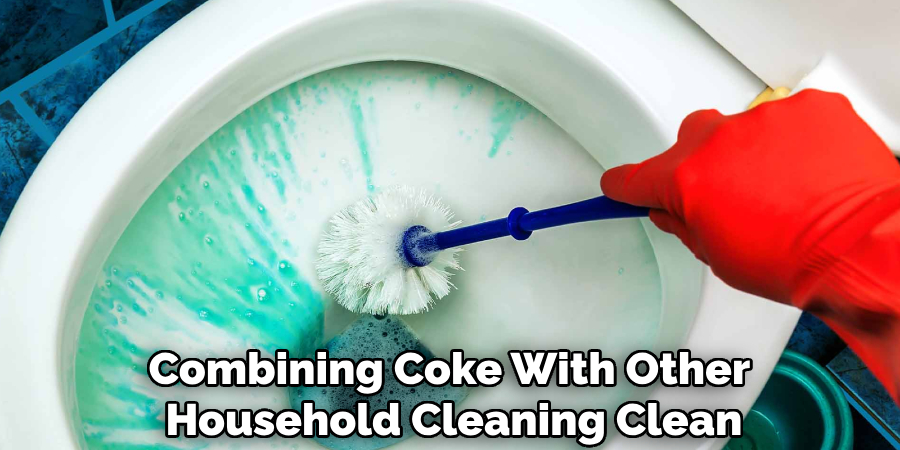
Combine Coke with Baking Soda or Vinegar
Sprinkle baking soda around the stains after pouring Coke into the toilet bowl. Combining Coke’s acidity and baking soda’s gentle abrasiveness helps dislodge grime and hard-to-remove deposits. Alternatively, you can follow up with vinegar for an enhanced acidic reaction, breaking down mineral buildup and residue. Allow the mixture to sit for 15-20 minutes before scrubbing for optimal results.
Use a Pumice Stone or Heavy-Duty Brush
A pumice stone or heavy-duty scrubbing brush can be used after the Coke has soaked for deeply set stains or hard water rings. Gently scrub the stained areas in a circular motion to prevent damaging the porcelain. Be patient and thorough for the best outcome.
Repeat if Needed
Exceptionally tough stains may require multiple treatment cycles. Simply repeat the process of soaking with Coke, enhancing it with baking soda or vinegar, and scrubbing until the stain fades away completely. With persistence, even the most challenging stains can be tackled effectively.
When Not to Use Coke as a Cleaner
While Coke can be a helpful tool for tackling certain stains, it is not always the best choice.
Avoid Using Coke on Toilets That Require Disinfection
Coke does not have antibacterial or antiviral properties, meaning it is unsuitable for deep cleaning tasks. A proper disinfectant cleaner should be used instead if a toilet needs thorough disinfection to kill bacteria, viruses, or other pathogens.
Not Effective for Mold or Mildew
Coke is also ineffective at eliminating mold or mildew growth. Since these biological contaminants require specific cleaning agents, such as bleach or specialized mold removers, Coke will not adequately address these issues. Relying on Coke for such tasks can leave these problems unresolved, posing potential health risks.
Potential Downsides
Using Coke as a cleaner can leave behind a sticky residue if it is not flushed correctly away. This can attract dirt and grime over time, making matters worse. Additionally, Coke should not replace routine disinfecting, which is essential for maintaining a hygienic and sanitary space. Keep these limitations in mind before choosing Coke as a cleaning solution.
Eco-Friendly and Budget Benefits
Why It’s Popular for Green Cleaning
Coke’s popularity as a green cleaning agent stems from its lack of harsh chemicals or strong odors, making it a safer option compared to conventional cleaners. This is especially appealing for households looking to minimize their use of toxic cleaning products. Additionally, Coke is safe for septic systems, offering an alternative that is less likely to harm plumbing or the environment. Its natural cleaning properties make it a convenient choice for those adopting more sustainable habits.
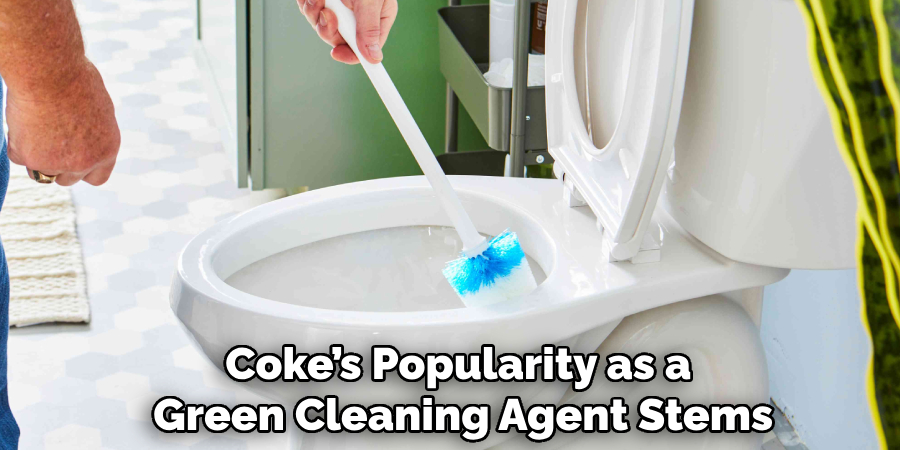
Cost-Effective Alternative
One of the major reasons Coke is favored for cleaning is its affordability. A single can of Coke is often cheaper than specialized branded toilet or rust cleaners, providing a cost-effective solution while delivering decent results. Furthermore, since Coke is already a staple in many households, there is often no need for an additional trip to the store. This accessibility contributes to its widespread use as an unconventional cleaning tool.
Frequently Asked Questions About Using Coke as a Cleaning Agent
Can Coke Really Clean Effectively?
A: Yes, Coke contains mild acids like phosphoric and carbonic acids, which can help dissolve rust, grime, and stains. While it may not be as powerful as specialized cleaning products, it can provide decent results for light cleaning tasks.
Is It Safe to Use Coke for Cleaning?
A: Coke is generally safe to use since it is a common beverage. However, make sure to rinse the cleaned surfaces thoroughly with water afterward to remove any residual stickiness from the sugar content.
What Surfaces Can I Clean With Coke?
A: Coke can be used to clean toilets, remove rust from metal surfaces, lift stains from fabrics, and even polish pennies. However, avoid using it on delicate surfaces or materials that may be damaged by acidity.
How does Coke compare to traditional cleaning products?
A: While Coke can be a convenient and cost-effective alternative for some cleaning tasks, it lacks the strength and versatility of specialized cleaning products, especially for heavy-duty or deep cleaning needs.
Are There Any Drawbacks to Using Coke as a Cleaner?
A: The main drawbacks include its sticky residue, which requires additional cleaning, and its limited effectiveness for tough stains or grime. Due to its sugar content and packaging, it may also not be an environmentally friendly option.
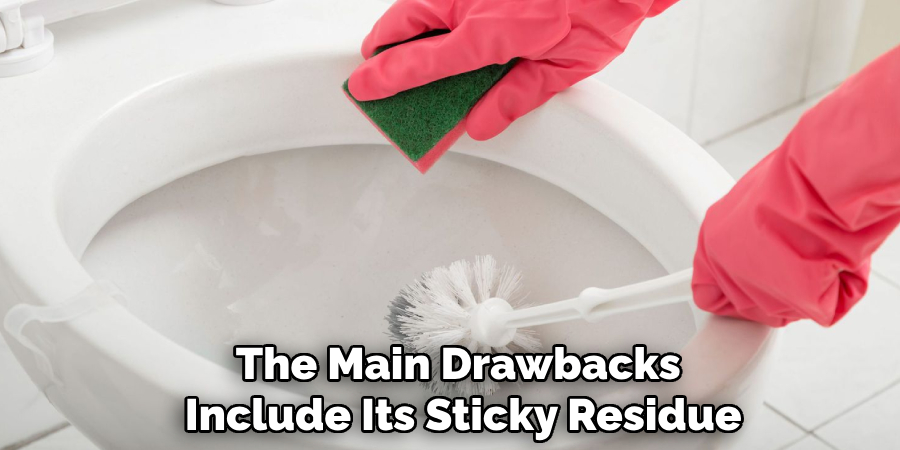
Conclusion
Coca-Cola is an effective natural toilet stain remover, especially for tackling mild, surface-level stains. Its affordable, accessible nature makes it an appealing solution for cosmetic cleaning. However, it is essential to note that while Coke can lift stains, it is not a substitute for proper sanitization. It should be combined with other cleaning products for a truly hygienic clean. If you’re curious about how to clean toilet with Coke, simply pour it into the bowl, allow it to sit, and scrub gently to see results. Give this unconventional method a try for minor touch-ups in your cleaning routine!

